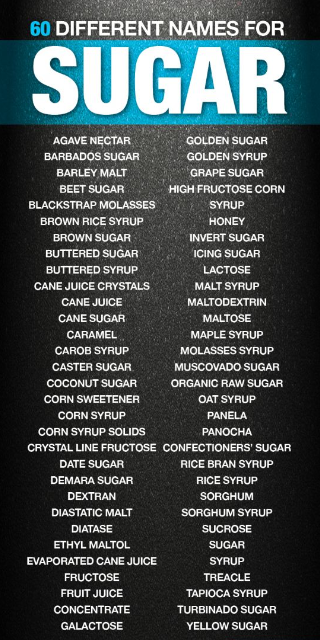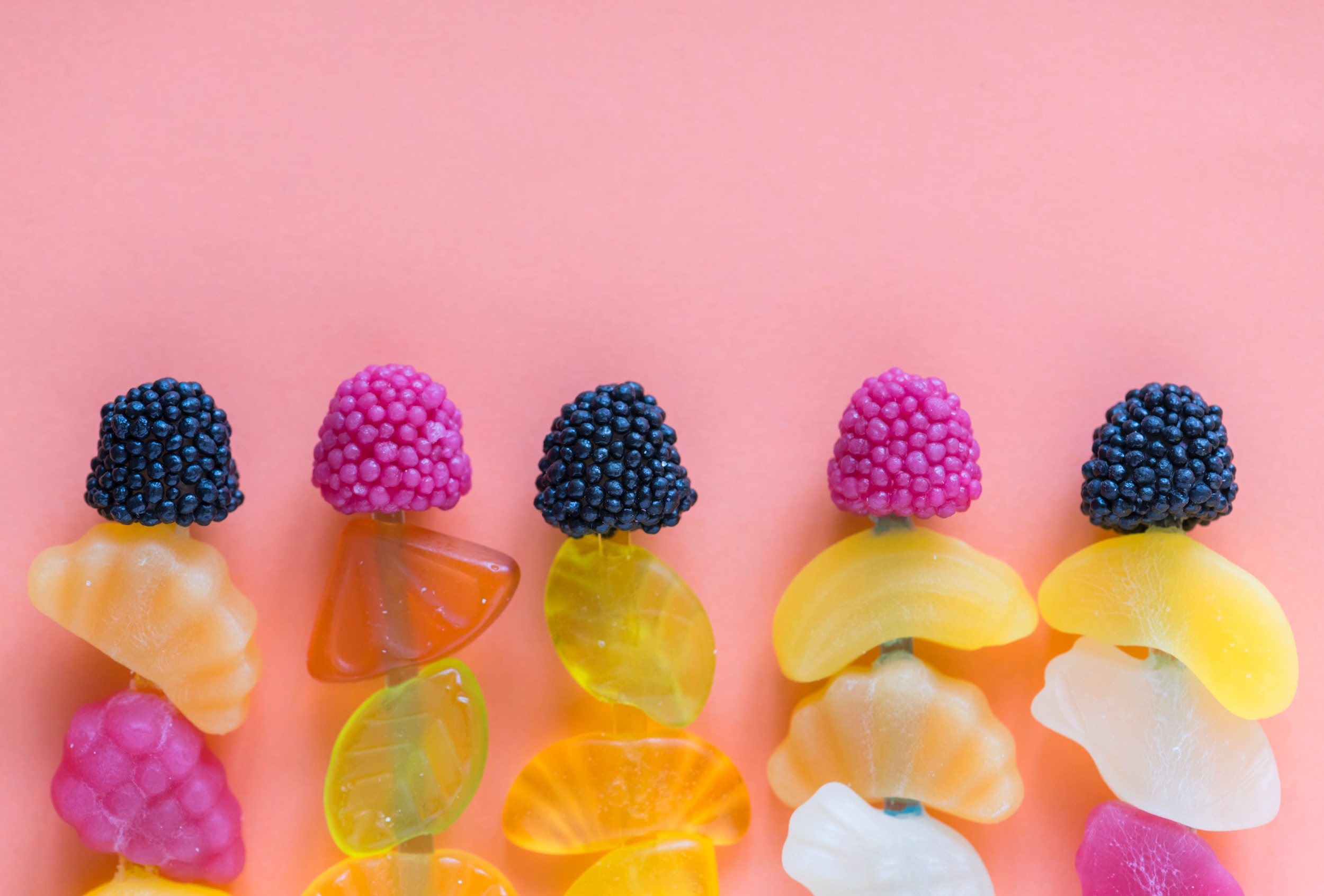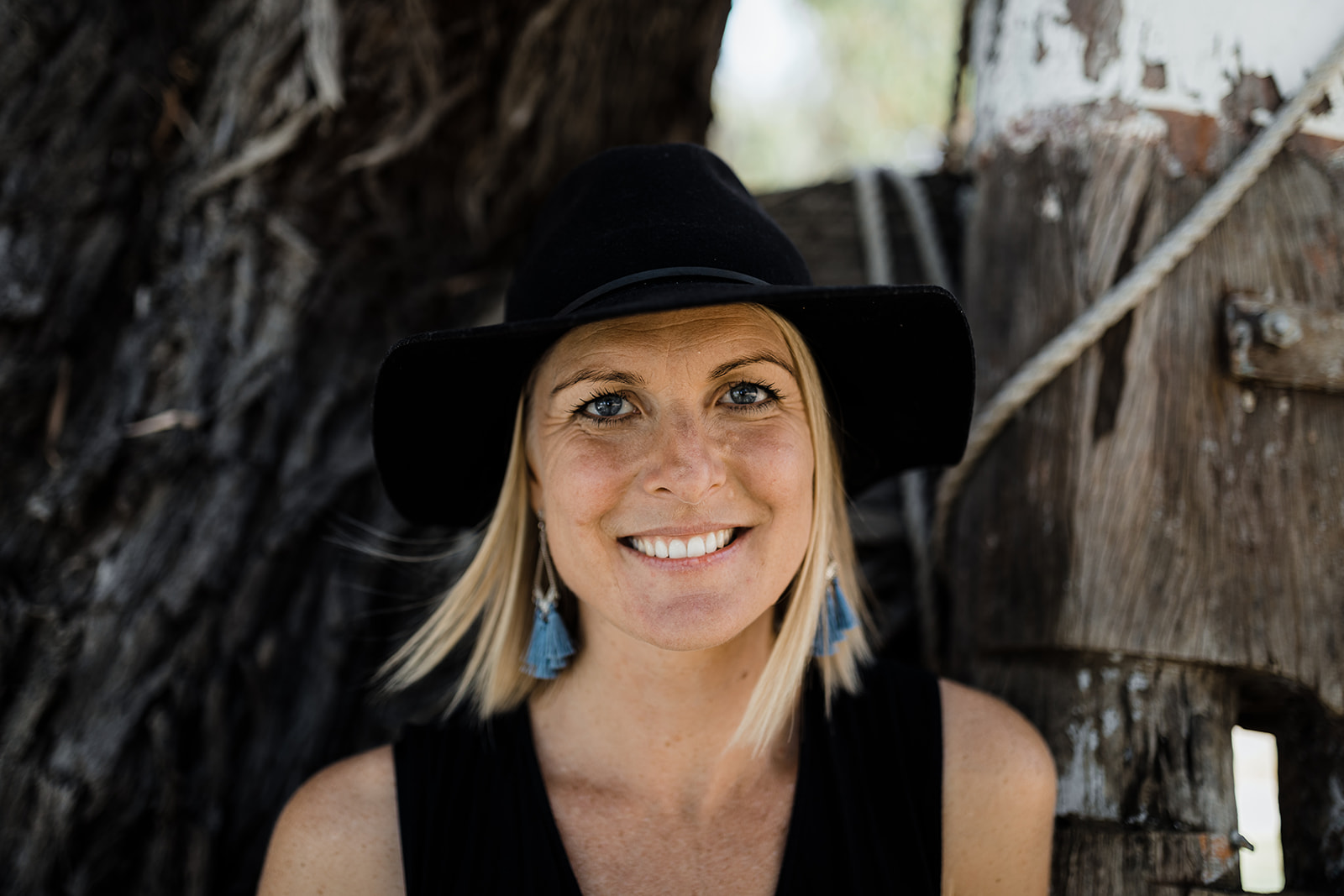The average Australian consumes around 14 teaspoons or 60 grams of free sugars per day. Recently the World Health Organization recommended that for optimal health we should restrict our added ‘free sugar’ intake to less than half of that, at just 6 teaspoons.
But what is ‘free sugar’? Where is it found? And, how can you work to reduce your intake? This article helps you start that journey.
What is ‘free sugar’?
Basically, there two types of sugars: simple (or natural) sugars, and free sugars. Simple sugars occur naturally in things such as fruits, vegetables and these are all ok. Then there are the double sugars that are removed from their original source, processed chemically and then added back into our foods. These are the ones to worry about, and they are called ‘free sugars’.
Which foods have which sugars?
Starting with the good natural or ‘simple sugars’, they come from carbohydrates in natural foods. There are three names of simple sugars: glucose, fructose and galactose.

Free sugars are found in a lot of packaged foods, from lollies, to bread, to tomato sauce. Some of the different names you’ll hear these free sugars called include: sucrose (glucose + fructose) lactose (glucose + galactose) and maltose (glucose + glucose). They’re also in your morning coffee or cup of tea, if you choose to add a little sweetness the traditional way, or even just milk. Here’s a list of different fancy names you’ll find for free sugars out there…

Reducing Your Intake
Start by choosing alternative natural sugars and low sugar foods. Slowly, but surely, work towards getting your intake to 25 grams (or 6 teaspoons) of natural sugars a day. Depending on what level of sugar you have daily at present this will depend on what journey you are on.
By Australian law, all packaged foods are required to disclose values for energy and nutrients like fats, protein, carbs and sodium, as well as a list of ingredients. So, knowing that, here are 5 steps toward figuring out how much sugar is in what, and working to make the shift to healthier options.
1. Understanding the total sugar amount in a product
- Sugar is a simple carbohydrate; the amount of sugar has to be identified on a nutrition panel.
- The sugar value is the total amount of natural and added sugars.
- The amount of sugar in a serve, and per 100 grams of food or 100 ml of liquid must be declared.
- Under 5g of sugar per 100g is considered low in sugar.
- A general tip is to stay away from any items with over 10g of sugar per 100g.
2. Be aware if sugar has been added to the product.
- Be aware of the ingredients listed as ‘sugar’.
- While there are over 60 names as per the list above, here is a list of the most common ones to look out for:
– Words ending in “-ose” (like fructose, dextrose, sucrose)
– Syrups
– Agave
– Nectar
- Ingredients are listed in descending order by weight. So ingredients that are first on the list make up more of the product.
- Stay away of products where sugar appears in the first half of the ingredients list.
3. Remember, it is ok to have natural sugars
- Natural sugars are found in nutritious whole foods such as fruit and vegetables. Therefore a lot of products will contain some natural sugars.
- Check the ingredients list to see where these items sit, hopefully, they make up the majority of the product.
- Lactose is the natural sugar in dairy and accounts for roughly 5g of the sugar per 100g of dairy product. Therefore, we must determine if and how much sugar may have been added.
- Stay away from products where added sugars are higher on the list than fruit, vegetarian and dairy.
4. Be mindful of suggested serving sizes
- The manufacturer must declare what they consider a reasonable serving size, but this can vary greatly between manufacturers.
- If the suggested serving size is smaller than what is generally considered a serve, the amount of sugar per serve will be deceptively less. For example a cereal with a suggested serving size of 45g (½ cup) contains 12g sugar, however, most people will serve ¾ cup, and 6g more sugar.
- When comparing sugar content between similar products, always look at the amount per 100g.
5. Preparation and awareness at the supermarket.
- Ensure that you are not hungry when you head into the supermarket.
- Don’t fall for marketing and advertising or specials and ‘new’ product, even in the health aisle.
- Aim to get all you need from only 20% of the store. Don’t go down the ‘sugar aisles’, like the chip and chocolate aisle, if you see it you will want it, so don’t look for it.
That’s it. Of course, it takes practice and time to get your head around looking for sugars. However, it’s worth it for you (and your family’s) health. I hope that this will increase your awareness of hidden sugar in your diet and will more empower you to check out that next product you pick up. Just take things step by step and you’ll get to being a healthier you, while still enjoying the things you eat.


